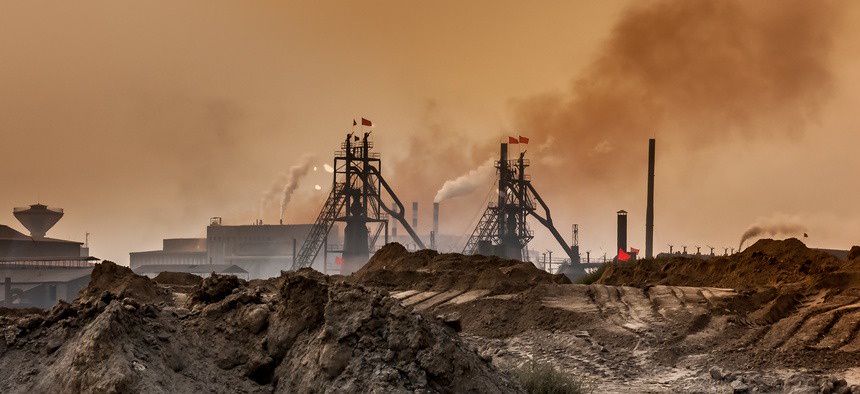
The Indio-Pacific Quad alliance comprising the US, India, Australia and Japan are likely to take forward the initiative of jointly building a rare-earth metals supply chain to break China’s near-monopoly in supplying these crucial elements used to make hi-tech products ranging from smartphones to electric cars to computer chips and fighter jets.
The initiative has gathered momentum after China started using its dominance in rare earths production to extend its geopolitical clout. Beijing has even indicated that it would cut off the supply of rare earth metals to stall the US F-35 fighter jet programme as relations between the two countries have soured. Similarly, it has also been using these tactics of holding back rare earth metal supplies against Japan.
The Quad nations intend to counter this by cooperating in funding new production technologies and development projects. They also intend to lead the way in drafting international rules. The Quad leaders on Friday are expected to confirm their intentions to reduce their dependence on China-produced rare earths, according to a Nikkei report from Tokyo.
Also read: Quad summit likely to give big push to India-made vaccines in war on Covid-19
China currently produces nearly 60% of the world's rare earths, and its market power has posed supply concerns.
U.S. President Joe Biden, Indian Prime Minister Narendra Modi Australian Prime Minister Scott Morrison and Japanese Prime Minister Yoshihide Suga in their online meeting are also expected to discuss the issue of China's aggressive posturing on the high seas and the borders of neighbouring countries.
Big tech companies rely on China-produced rare earths like neodymium, essential for electric vehicles, and lithium, used in batteries.
According to the U.S. Geological Survey, China in 2020 accounted for 58% of the globe's rare-earth production, down from around 90% some four years ago as the U.S. and Australia have gradually boosted their own production. According to data from the U.S. Geological Survey, the U.S. accounted for 16% of global rare earth production in 2020. Australia accounted for 7%, and India 1%.
Also read: Major geopolitical development if India aligns more closely with Quad grouping: US
While India accounts for 6% of the world's rare-earth reserves, Japan is one of the biggest rare-earth consumers. If the Quad nations can collaborate all along the chain, from production to consumption, their influence in the critical sector will rise, the Nikkei report states.
As for their rare-earth efforts, the Quad nations will first develop refining technologies. Rare-earth veins often contain radioactive materials, and a large amount of radioactive waste is produced in the refining process.
Due to its lax environmental restrictions, China has built up a price advantage in the rare earth market. As a result, the Quad countries will focus on coming up with low-cost, low-radioactive-waste refinement technologies, the Nikkei report states.
The four partners also plan to arrange for government-affiliated financial institutions to provide syndicated loans to the mining and refining businesses.
The U.S. government is already supporting plans to process Australian ores in the U.S., and Japan is weighing whether to take part in this arrangement.




















